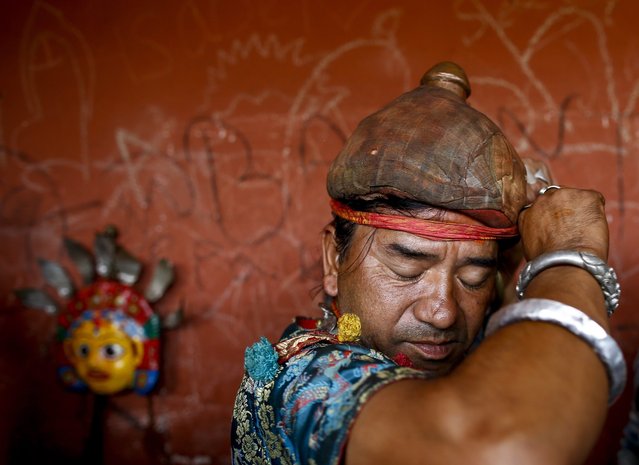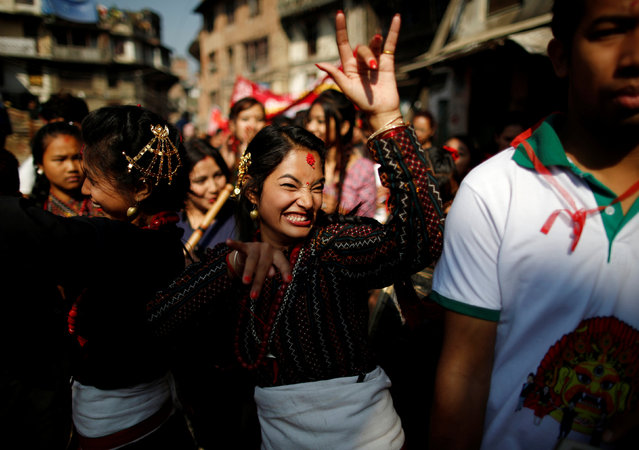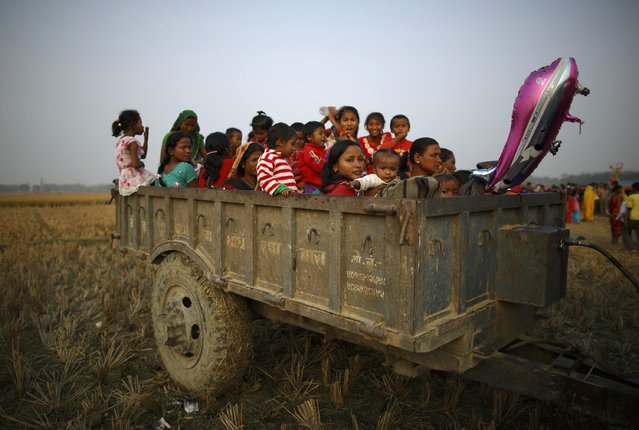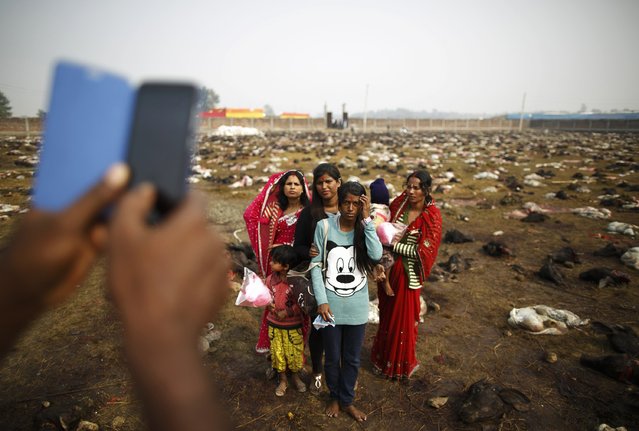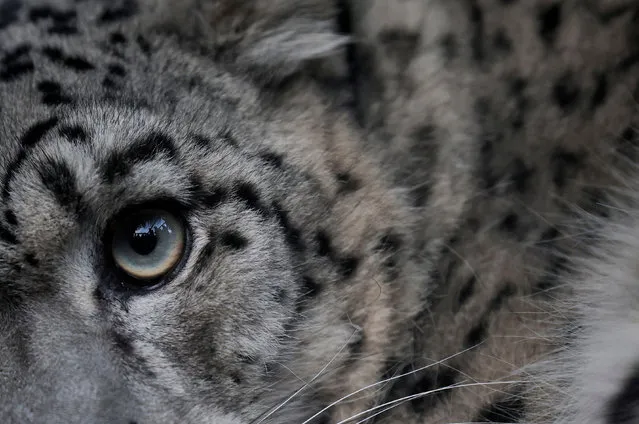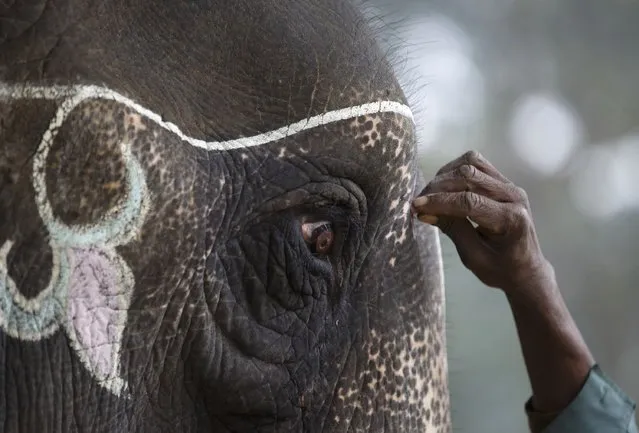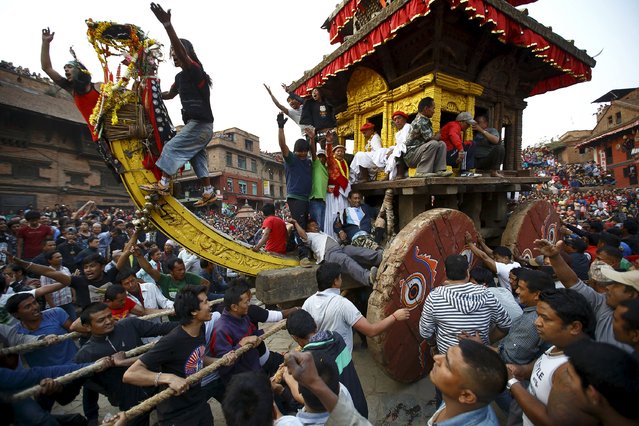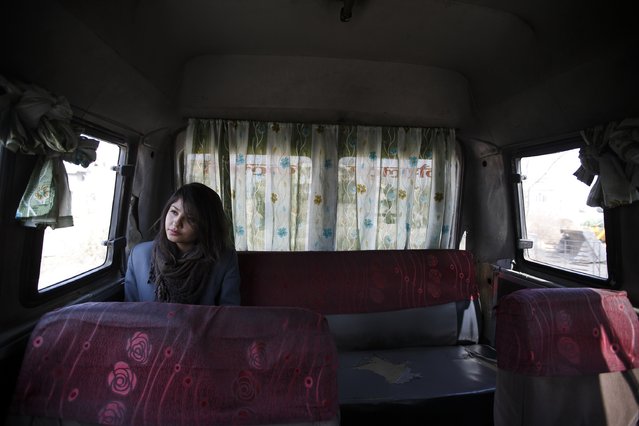
A woman rides a women-only bus as she returns from her college in Kathmandu January 6, 2015. Nepal's capital Kathmandu has introduced women-only buses in an attempt to reduce sexual harassment and groping on public transport, a senior government official said on Monday. The initiative will start with four 16-seater buses which will ply a popular east-west route across the city during peak morning and evening hours. (Photo by Navesh Chitrakar/Reuters)
07 Jan 2015 14:12:00,post received
0 comments

